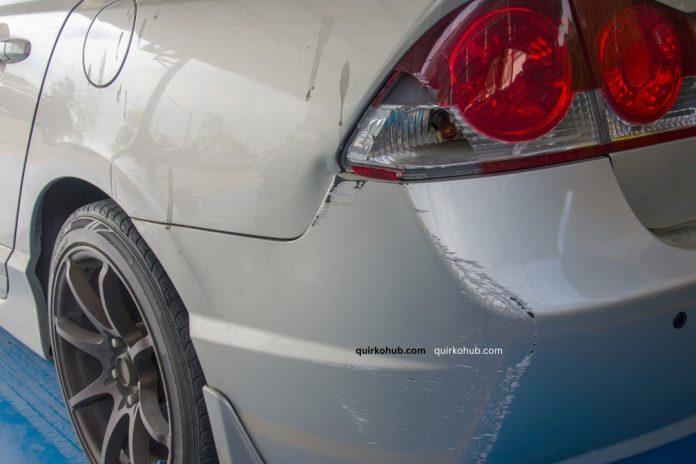Have you ever walked back to your parked car only to find an unwelcome dent staring back at you? It is a sinking feeling that makes you wonder if it is a quick fix or a costly repair.
Dents are part of driving life, but not all are created equal. Some are small blemishes, while others hint at deeper damage. Knowing how to judge the severity can save you time, stress, and money.
This article will guide you through that first step.
Depth and Size of the Dent
The depth and size of a dent are the first clues to its severity. Small dents are often shallow and easier to repair. Larger or deeper dents may need more advanced techniques and extra time.
Shallow dents can sometimes be fixed with simple tools. Deeper ones may stretch the metal and weaken the panel. These usually call for a professional repair to restore the car’s shape.
Location on the Vehicle
Where the dent sits makes a big difference in the repair process. Dents on flat, open surfaces are usually easier to handle. If the dent is on a curved panel or near the edge, it becomes harder to fix.
Body lines and corners add strength to a panel, which also makes dents there tougher. Repairs in these areas need more skill and precision. A dent close to doors or wheel arches may also affect how the parts open and close.
Condition of the Paint
The state of the paint tells you if the repair will be simple or complex. If the paint is smooth and unbroken, paintless dent repair might be possible. This is a faster and less costly method.
When the paint is cracked or chipped, more work is required. The area may need sanding, filler, and a new coat of paint. Ignoring damaged paint can lead to rust and bigger problems.
Flexibility of the Panel
Testing the flexibility of the panel helps you see if the dent is surface-level. Gently pressing around the dent shows how much the metal has shifted. If the panel feels soft or unstable, the damage runs deeper.
Panels that bounce back easily are often easier to fix. When they stay bent or crumpled, it signals stretched metal. This means the dent is more severe and may not be a quick repair.
Signs of Hidden Damage
Not all dents are what they seem on the surface. A dent near lights, sensors, or doors may signal damage underneath. This can affect wiring, safety parts, or alignment.
Looking for ripples or uneven reflections can reveal hidden problems. Using a flashlight at an angle also shows how far the damage spreads. If such signs appear, it might be time to call a professional for auto body repair services from specialists who handle collision, frame, and dent work.
Ready to Fix That Dent?
Dealing with a dent is not only about repairing metal. It is also about knowing when to take charge and when to seek help. By learning how to read the signs of damage, you gain confidence and avoid wasting effort or money.
In the end, assessing dents is as much about awareness as it is about action. The better you understand what you see, the smarter your choices will be.
We hope you enjoyed reading this article. If you found it helpful, be sure to check out our blog for more informative resources.
